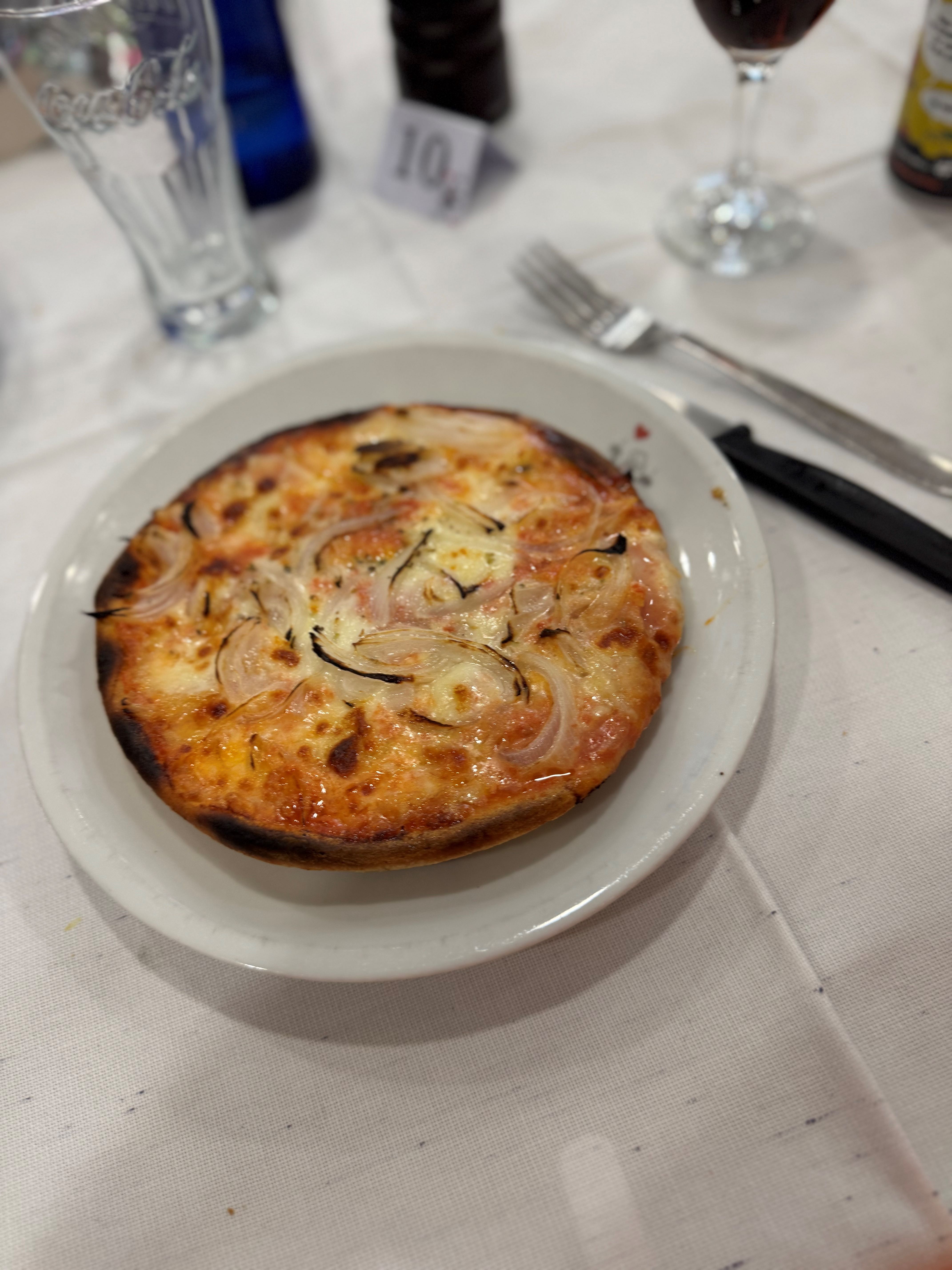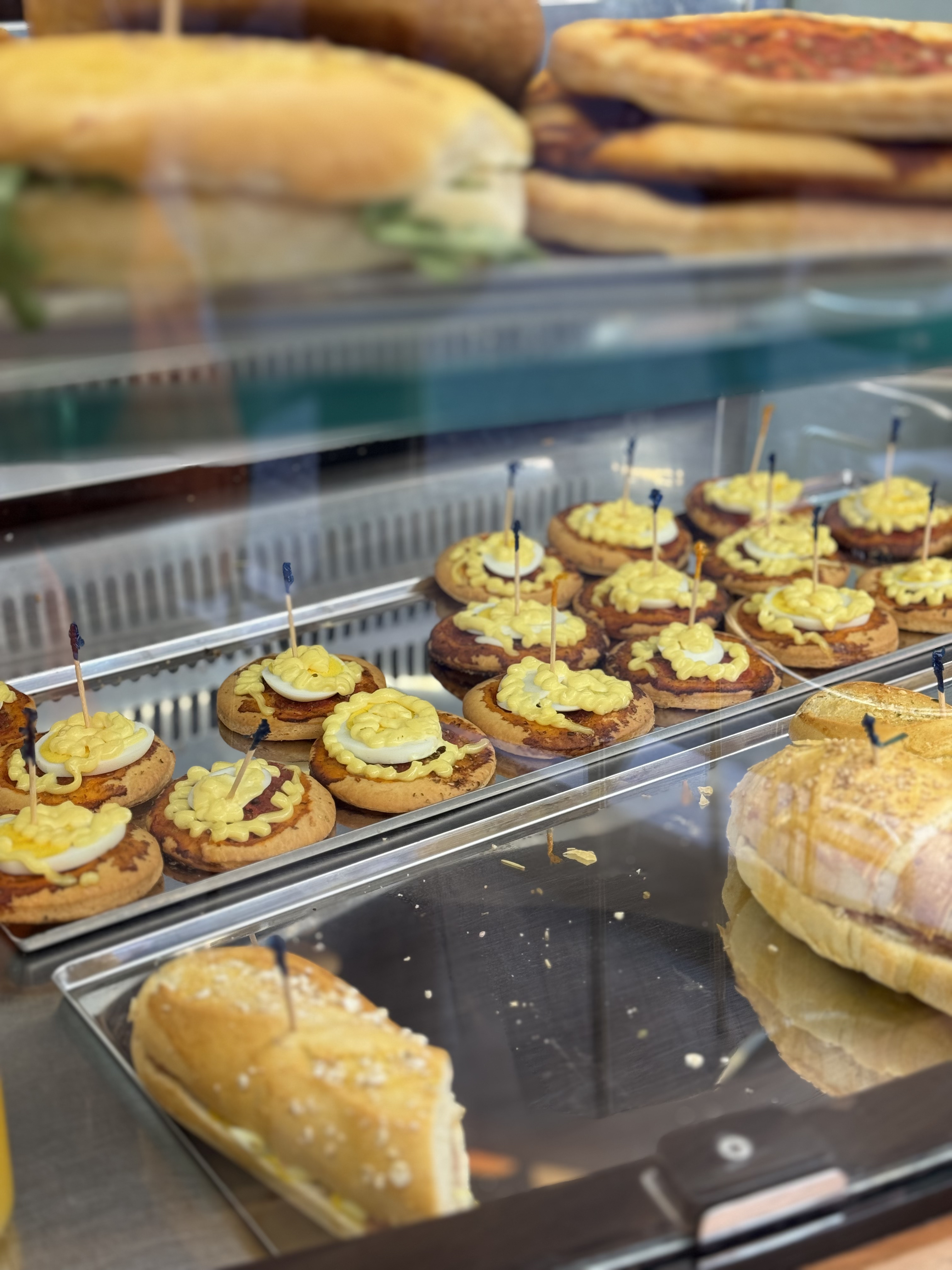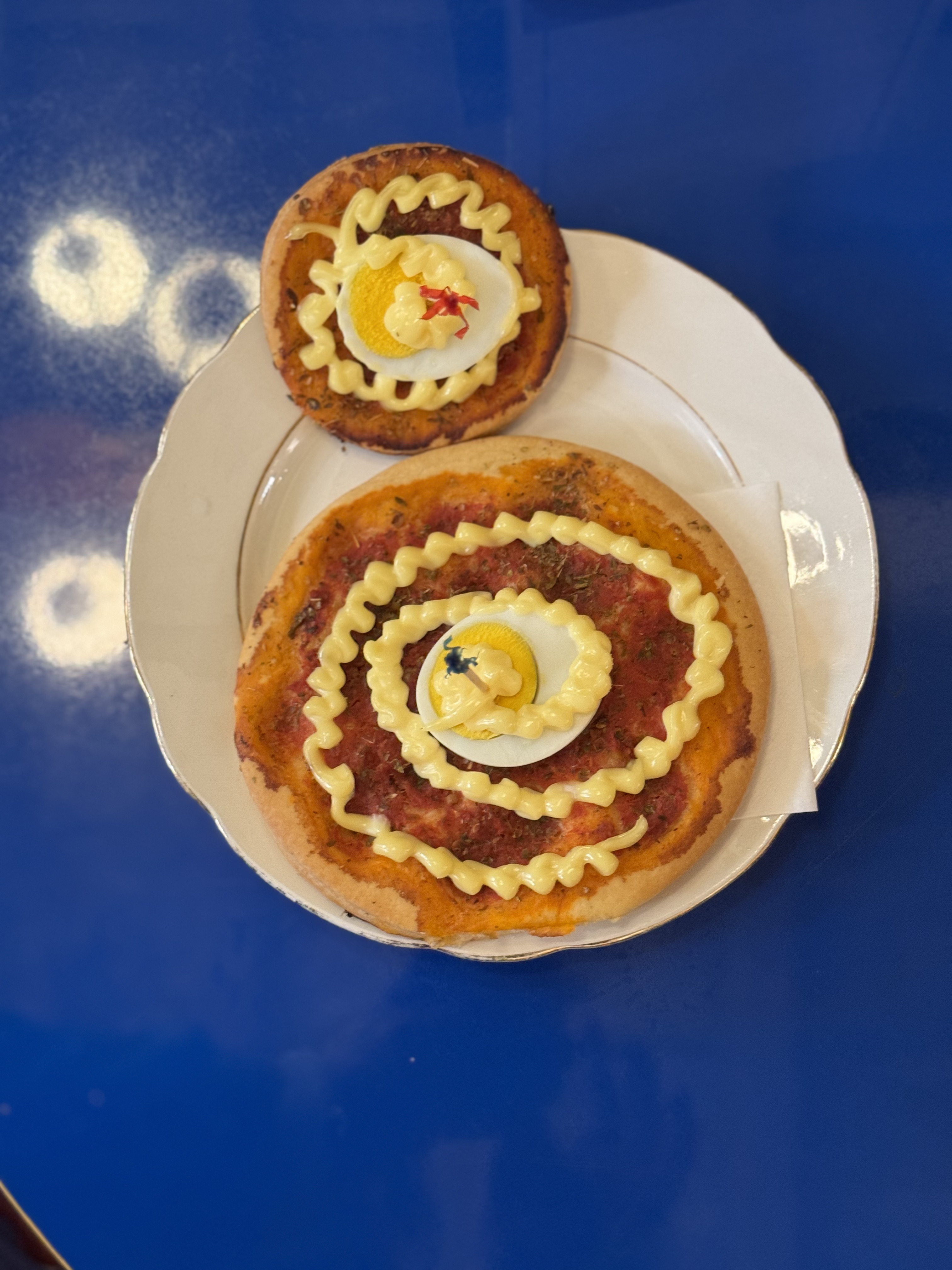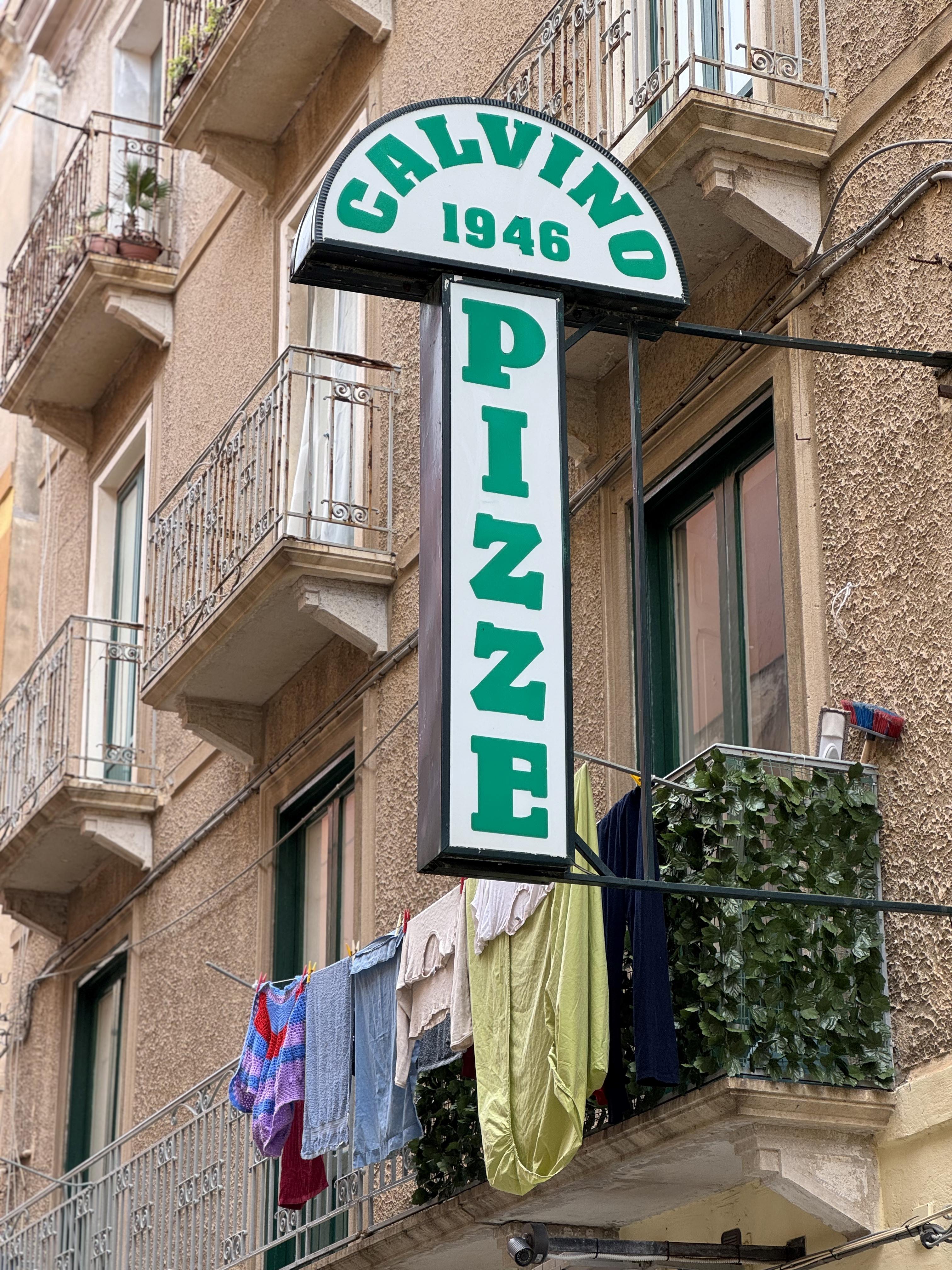Italy and its regions are full of dozens of different types of pizza. Here’s a closer look at six of them, discovered on a journey from Palermo to Genoa.
We need to correct those who think of Italy as “the country of pasta and pizza”: it’s the country of pasta and pizzas. People tend to picture the round, soft Neapolitan style, the margherita — red (tomato), white (mozzarella), and green (basil) — the “pizza zero.” Yet it has its ancestors, starting with the mastunicola (a dialectal distortion of basilico), a flatbread made with lard — tomatoes came later — seasoned with pepper, pecorino, and basil. You can still taste it in a few Neapolitan institutions, such as La Gorizia, run by the Grasso family.
Along a journey from Palermo to Genoa, we identified at least 33 different variations. Whether or not they carry the name “pizza,” they all belong to the same extended family. Several could catch on in France, like the recently popular pizza alla romana, a thin, round, and crispy dough rolled out with a pin and enriched with olive oil, unlike its Neapolitan cousin.
Pizza al trancio — Milano

A thick, soft slice covered with a blanket of cheese, one piece is enough, two at most. Popularized in the 1950s by Spontini, now an international chain with locations as far as Asia, it can also be enjoyed at Da Giuliano, a small family-run spot in the Chinatown district. The menu is minimal: trancio normale or abbondante (€6.50 or €7), margherita or farcito topped after baking, depending on your mood.
Pizza al padellino — Turin
A Piedmontese specialty cooked in a small pan, with crispy edges and a tender center. Tradition calls for starting with a few slices of farinata (chickpea pancake) before moving on to the pizza. At Da Gino, an institution founded in 1935, the ritual remains unchanged, and the white curtains from floor to ceiling evoke a gentle sense of nostalgia.

Pizzetta Rossini — Pesaro (Marches)
In Pesaro (Marche), people are crazy about a mini-pizza eaten from breakfast through to aperitivo: tomato sauce, crumbled hard-boiled egg, and swirls of mayonnaise added after baking. Sacrilege? Not at all, it’s a beloved tradition among the city’s 100,000 residents. In France, the concept could be endlessly adapted — colorful sauces, varied toppings, sweet versions with cream or sugar — and become the “new cookie” for bars, pubs, and bakeries alike.


Rianata — Trapani (Sicile)
A short-proofed pizza topped with sardines or anchovies, crushed tomatoes, garlic, parsley, pecorino, olive oil, and most importantly, a shower of oregano (rianata meaning “sprinkled with oregano”). Still on the menu at Calvino, a Trapani institution since 1946.

Pizza du Cilento (Campanie)
A rustic rectangle: dough made with a mix of durum wheat semolina and soft wheat flour, topped with a slow-cooked tomato sauce with garlic and onion, finished with grated cacioricotta cheese. Delicious fresh or a day old. Celebrated every August at the Festa dell’Antica Pizza Cilentana, and promoted beyond the region by the Da Zero chain.
Parigina — Naples
Final stop: Naples. The pride of local cafés, the parigina, isn’t “Parisian” but “for the queen” (p’a’ riggina), referring to Marie-Caroline of Austria, queen of Naples and Sicily, served by French cooks. Bread dough, mozzarella, cooked ham, all topped with golden puff pastry, a bakery-style pizza with a twist.
Texte and Photos by Pomélo